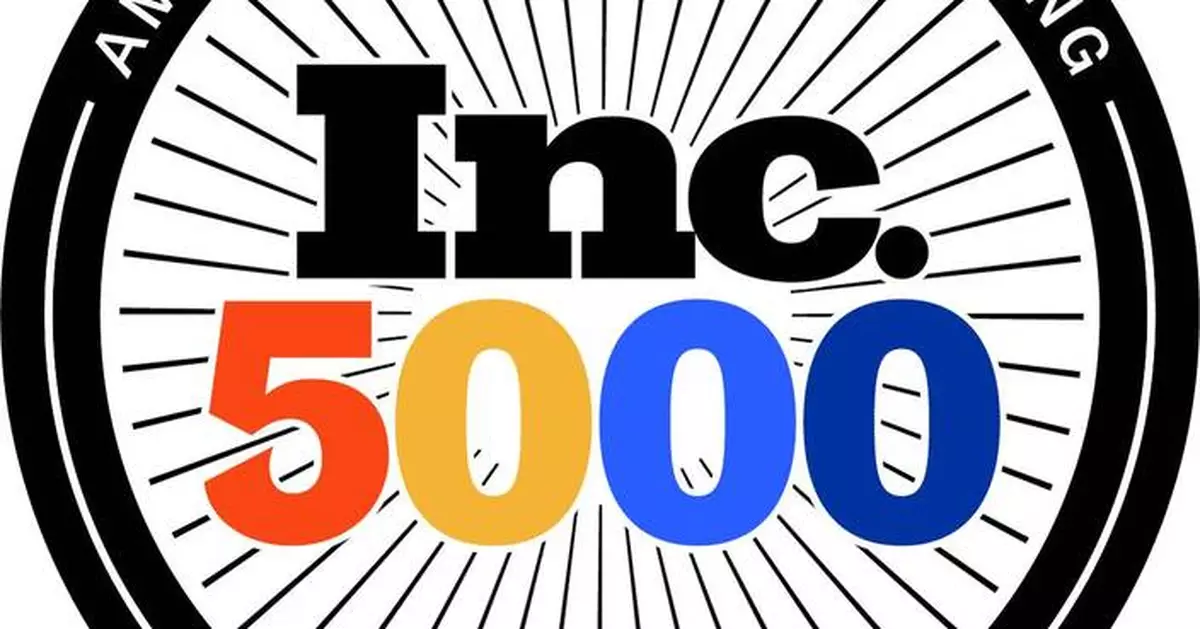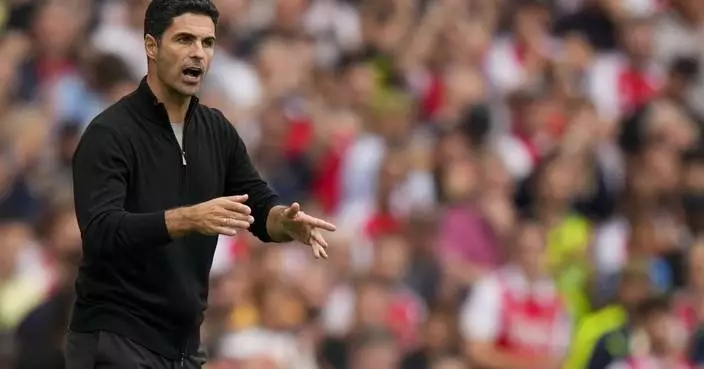NEW YORK--(BUSINESS WIRE)--Aug 21, 2024--
Inc. revealed today that Align, the premier global provider of technology infrastructure solutions and Managed IT Services, has earned a place on the 2024 Inc. 5000, its annual list of the fastest-growing private companies in America. This prestigious ranking provides a data-driven look at the most successful companies within the economy's most dynamic segment—its independent, entrepreneurial businesses. Microsoft, Meta, Chobani, Under Armour, Timberland, Oracle, Patagonia, and many other household-name brands gained their first national exposure as honorees on the Inc. 5000.
This press release features multimedia. View the full release here: https://www.businesswire.com/news/home/20240821918574/en/
Align Recognized Among America's Fastest-Growing Private Companies, Joining the Prestigious Inc. 5000 Ranking (Graphic: Business Wire)
"Being recognized for the first time in the Inc. 5000 is a testament to Align's commitment to innovation, and our relentless focus on client success," said Jim Dooling, CEO of Align. "Our growth reflects our strong market position as a global provider of technology infrastructure solutions.”
In recent years, Align has expanded its workplace technology solutions to address the dynamic demands of modern hybrid work. The Workplace team specializes in office space optimization, from expansion to consolidation, and delivers technology solutions that help bridge the gap between remote and in-person professionals – making the office a magnet, not a mandate.
Through comprehensive assessments and efficient migrations, Align's Data Center Solutions team has successfully modernized client infrastructure while simultaneously building a foundation for AI with innovative data center design and implementation.
Additionally, its Managed Services Team leads the industry with award-winning managed IT and cybersecurity services tailored to the Alternative Investment sector. In 2023, Align was named Managed Service Provider of the Year by Channel Futures in its annual special awards.
The Inc. 5000 class of 2024 represents companies that have driven rapid revenue growth while navigating inflationary pressure, the rising costs of capital, and seemingly intractable hiring challenges. Among this year’s top 500 companies, the average median three-year revenue growth rate is 1,637 percent. In all, this year’s Inc. 5000 companies have added 874,458 jobs to the economy over the past three years.
For complete results of the Inc. 5000, including company profiles and an interactive database that can be sorted by industry, location, and other criteria, go to www.inc.com/inc5000. All 5000 companies are featured on Inc.com starting Tuesday, August 13, and the top 500 appear in the new issue of Inc. magazine, available on newsstands beginning Tuesday, August 20.
About Align
Align is a premier global provider of technology infrastructure solutions. For over 37 years, leading firms worldwide have relied on Align to guide them through IT challenges, delivering complete, secure solutions for business change and growth. Align is headquartered in Dallas, Texas and has offices in New York City, London, Virginia, Arizona, New Jersey, Chicago, San Francisco, Salt Lake City & Portland. Learn more at www.align.com.
More about Inc. and the Inc. 5000
Methodology
Companies on the 2024 Inc. 5000 are ranked according to percentage revenue growth from 2020 to 2023. To qualify, companies must have been founded and generating revenue by March 31, 2020. They must be U.S.-based, privately held, for-profit, and independent—not subsidiaries or divisions of other companies—as of December 31, 2023. (Since then, some on the list may have gone public or been acquired.) The minimum revenue required for 2020 is $100,000; the minimum for 2023 is $2 million. As always, Inc. reserves the right to decline applicants for subjective reasons. Growth rates used to determine company rankings were calculated to four decimal places.
About Inc.
Inc. Business Media is the leading multimedia brand for entrepreneurs. Through its journalism, Inc. aims to inform, educate, and elevate the profile of our community: the risk-takers, the innovators, and the ultra-driven go-getters who are creating our future. Inc. ’s award-winning work achieves a monthly brand footprint of more than 40 million across a variety of channels, including events, print, digital, video, podcasts, newsletters, and social media. Its proprietary Inc. 5000 list, produced every year since its launch as the Inc. 100 in 1982, analyzes company data to rank the fastest-growing privately held businesses in the United States. The recognition that comes with inclusion on this and other prestigious Inc. lists, such as Female Founders and Power Partners, gives the founders of top businesses the opportunity to engage with an exclusive community of their peers, and credibility that helps them drive sales and recruit talent. For more information, visit www.inc.com.
For more information on the Inc. 5000 Conference & Gala, to be held from October 16 to 18 in Palm Desert, California, please visit http://conference.inc.com/.


Align Recognized Among America's Fastest-Growing Private Companies, Joining the Prestigious Inc. 5000 Ranking (Graphic: Business Wire)










